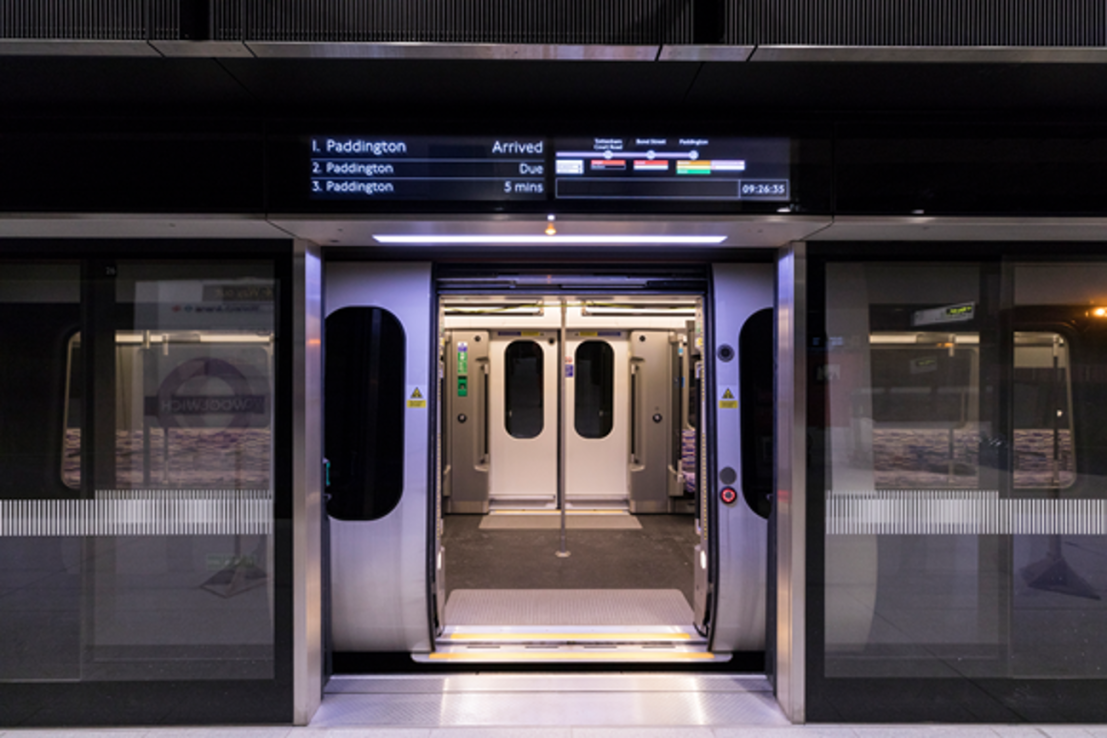Docklands to Thamesmead, a new Overground and Crossrail 2: TfL planning more than just the Bakerloo extension
But, newly-released filings this week show what else is in the pipelines for the capital, with the elaborate system of trains connecting all parts set to become just that little bit more... connected.


Much of the attention for London’s transport network has been on the much-vaunted extension of the Bakerloo line to South London.
But, newly-released filings this week show what else is in the pipelines for the capital, with the elaborate system of trains connecting all parts set to become just that little bit more… connected.
Docklands
The Docklands Light Railway, or better-known as the DLR, weaves out of the City and into the banking district, to east and south London, giving access to up-and-coming parts of the capital not reached by the tube.
This comes amid a new ‘Docklands 2.0’ plan, to transform that part of London into a housing hub, driven by Michael Gove.
These driverless trains are set for an upgrade according to Transport for London (TfL), with plans unveiled to extend to deepest southeast London, to Thamesmead near Woolwich.
TfL says the extension would likely cost in the range of £ 900m – £ 1.1bn, a relatively miserly amount compared to the Bakerloo extension which would cost between £5-8bn.
The proposals would mean a 3.5km extension of the DLR network from Gallions Reach, with a new station at Beckton Riverside and cross river tunnel to Thamesmead.
Previous projects like Crossrail, and the Elizabeth Line, have seen their budgets balloon and take longer than expected to build.
There are also plans to extend bus services to Thamesmead, as well as river services, making the community better connected.
TfL added that the creation of an extension to Thamesmead would also help to create 25-30,000 homes.
West London Orbital
You’ve heard about the Overground lines being renamed, but Londoners may be getting a new one, too.
Called the ‘West London Orbital’ (WLO), this private partnership with the West London Alliance (WLA), seven West London boroughs, is looking for funding to scope out its feasibility.
The TfL plans say a benefit of the proposed route, which would link Hendon and Hounslow via Old Oak Common (OOC), means reducing journey times and improving air quality. It would also help the creation of 15,000 new homes, and connect “the most nationally deprived areas”, with new job offerings.
The project is still in its planning stage and is seeking confirmation of an equal split in costs between the seven councils and TfL. If funding is confirmed, they will then seek to carry out a consultation.
It is predicted to cost roughly £650m-£900m at 2021 prices.
Another Crossrail?
The Elizabeth Line is now the most popular route in the capital. And you can’t have too much of a good thing, right?
Despite fears the so-called ‘honeymoon period’ is over, as delays hold back its progress, plans are in the pipeline for a second Lizzy Line.
Plans unveiled by TfL for ‘Crossrail 2’ could create 200,000 homes and trigger a major regeneration across the capital and southeast.
It would include a “tunnelled section” from “Wimbledon in the south to Tottenham Hale and New Southgate to the north, with connections to the heavy rail network at either end”.
This would “provide relief to the most crowded stations and lines” and create 60,000 jobs while supporting 200,000 new roles. Crossrail 2 is expected to cost £30-£40bn at 2021 prices.
A spokesperson for the Mayor of London said: “While the Mayor is relieved that TfL have agreed a one-year capital funding deal with the DfT, it’s still vitally important that we agree a long-term funding settlement with the government that allows us to plan for the infrastructure investment London needs over the coming decades.
“Greater certainty over capital funding is essential to delivering the infrastructure investments required to meet London’s ever-growing demand for housing.
Transport improvement projects, like the extension of the Bakerloo line, will not only support homes, jobs and economic growth in London, they have real and sizeable benefits for the economy of the whole UK.”


